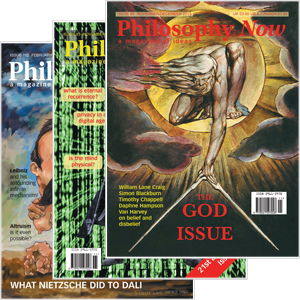
Your complimentary articles
You’ve read all of your complimentary articles for this month. To have complete access to the thousands of philosophy articles on this site, please
If you are a subscriber please sign in to your account.
To buy or renew a subscription please visit Subscriptions.
If you are a print subscriber you can contact us to create an online account.
Articles
Seeing & Knowing
Shashwat Mishra explores the limits of perception via the Molyneux problem.
The Molyneux problem is a philosophical thought experiment that has been the subject of debate for centuries. It poses this question: If a person who has been blind from birth were to suddenly gain the ability to see, would they recognize objects they had previously only known through touch? The problem was first posed by William Molyneux (1656-98) – whose wife was blind – to the philosopher John Locke (1632-1704). Here we will explore some of the ways in which it has been approached by philosophers over the years.
Our brains use the information we gather through senses to create an experience or ‘mental picture’ of the world, allowing us to navigate our surroundings. The Molyneux problem arises from the fact that different senses provide us with different types of information about the world, and it is not always clear how these different types of information are combined to create a coherent picture.
…









